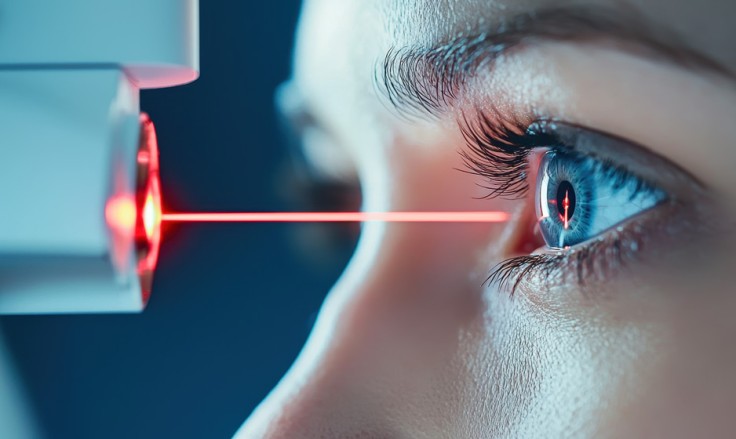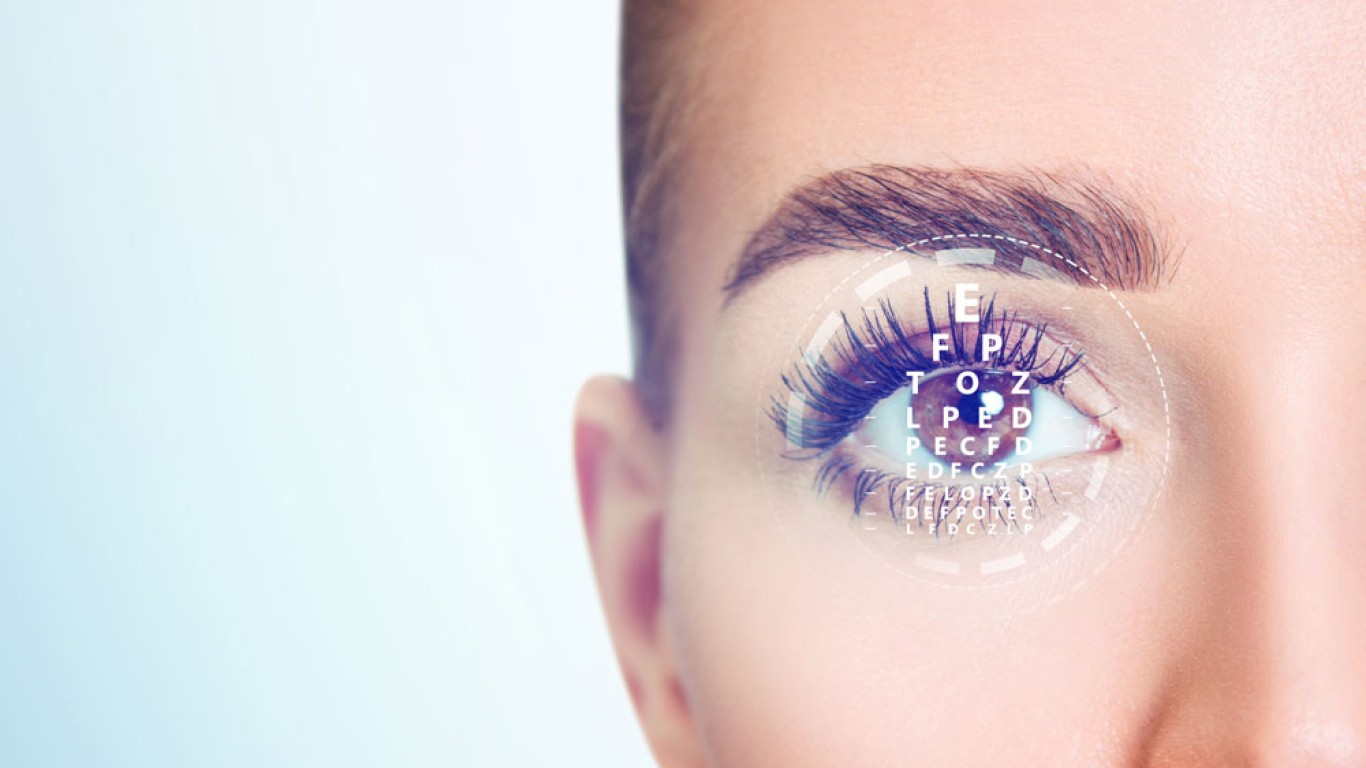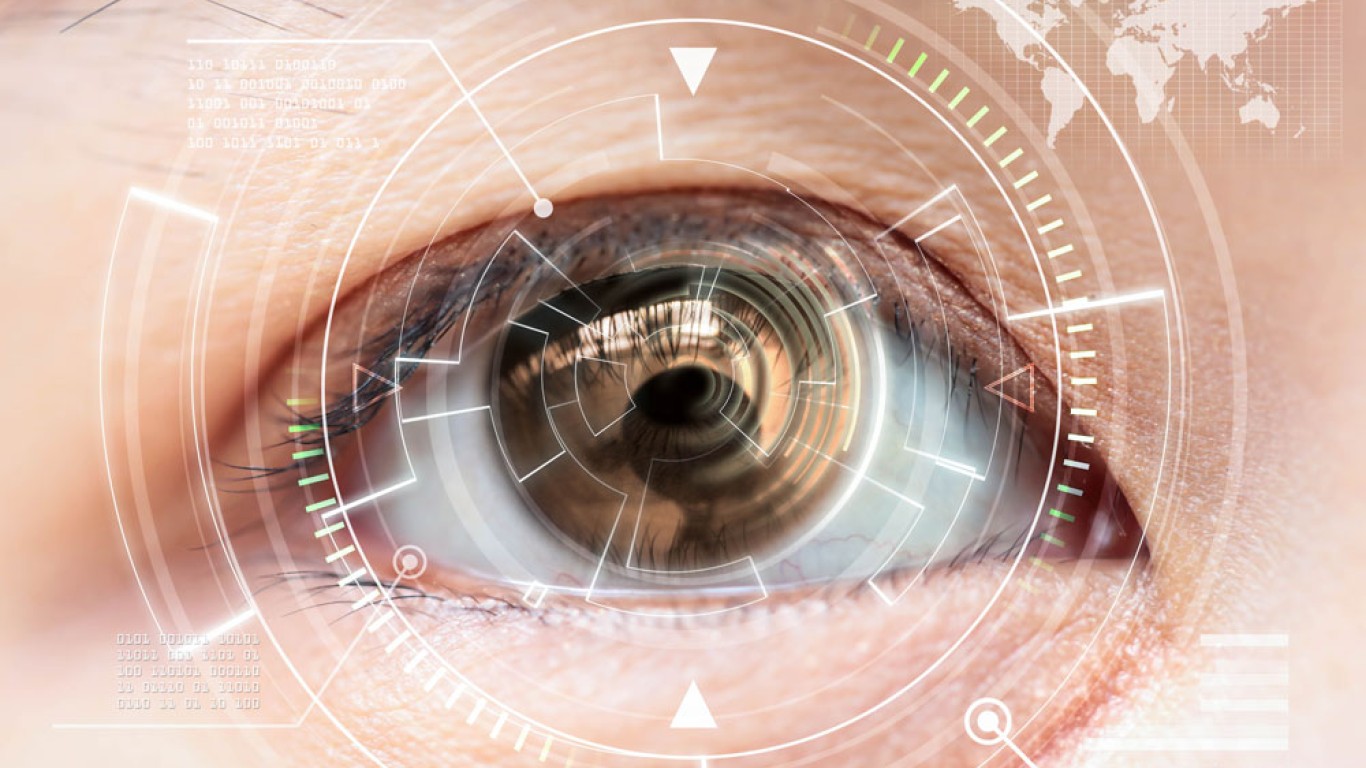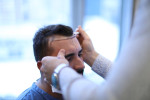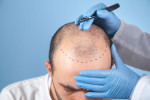Myopia, often called short-sightedness, is one of the most common vision problems worldwide. Thankfully, advanced laser eye procedures now offer lasting correction and sharper sight. Among these, LASIK remains the best-known option. However, other laser treatments have also gained popularity for myopic eyes, providing unique benefits. Understanding how each method works helps patients choose the best solution for clear, long-term vision.
Understanding Myopic Eyes
A myopic eye focuses light in front of the retina rather than directly on it. This causes near objects to appear clear while distant objects appear blurry. Genetics, prolonged screen use, and lifestyle habits can all contribute to myopia. Although glasses and contact lenses help, many patients seek a more permanent solution.
Laser vision correction aims to reshape the cornea. It allows light to focus correctly on the retina. Several techniques now exist, each designed to suit different eye conditions and patient needs. LASIK remains widely trusted. However, newer alternatives such as SMILE and PRK also offer effective results for myopic correction.
How LASIK Corrects Myopia
LASIK is also known as Laser-Assisted In Situ Keratomileusis. It involves creating a thin flap on the cornea using a femtosecond laser. A second laser then reshapes the corneal tissue beneath. This process adjusts the cornea’s curvature, improving how light focuses on the retina.
The procedure is quick, typically lasting around fifteen minutes for both eyes. Because the flap is repositioned afterward, recovery is fast and comfortable. Many patients notice improved vision within 24 hours. LASIK has earned its reputation for precision, efficiency and predictable outcomes.
PRK: A Reliable Alternative for Myopic Correction
Photorefractive Keratectomy is also known as PRK. It was one of the first laser procedures used for myopic correction. Instead of creating a flap, the surgeon removes the outer corneal layer before reshaping the tissue underneath. The epithelium naturally regenerates during healing.
PRK is ideal for patients with thin corneas or those unsuitable for LASIK. Although recovery takes longer, the final results are equally effective. Many athletes and military professionals prefer PRK because it eliminates flap-related concerns. Despite its longer healing period, it remains a trusted option for stable, long-term vision correction.

SMILE: A Minimally Invasive Option for Myopic Eyes
SMILE is short for Small Incision Lenticule Extraction. It represents the latest advancement in laser eye technology. It corrects myopic vision using a single femtosecond laser without creating a large flap. Instead, the laser forms a small disc-shaped section within the cornea. Nex, this is removed through a tiny incision.
Because SMILE preserves more corneal structure, it offers faster recovery and reduced dryness. It’s especially suitable for patients with higher degrees of myopia or those prone to dry eyes. Furthermore, the smaller incision ensures less nerve disruption and greater corneal strength long term.
Comparing LASIK, PRK and SMILE for Myopic Eyes Treatment
Each laser procedure has specific strengths, and suitability depends on individual eye characteristics. LASIK stands out for its quick recovery and immediate results. PRK suits those with thinner corneas. While SMILE provides a less invasive option with reduced dryness.
When choosing among these treatments, several factors need to be considered. For example, corneal thickness, lifestyle and visual goals. LASIK remains the most popular of the treatments. Although, SMILE is increasingly preferred for myopic correction due to its comfort and stability. PRK, meanwhile, continues to deliver reliable outcomes for patients seeking proven technology.
Recovery Times and Aftercare Differences
Recovery varies between these laser procedures. LASIK patients often return to daily activities within two days. PRK requires a slightly longer healing period, usually a week or more. SMILE offers a middle ground, combining quick recovery with minimal discomfort.
Post-surgery care includes using eye drops, avoiding makeup and wearing protective eyewear outdoors. Follow-up visits confirm corneal stability and vision improvement. During recovery, it’s essential to rest your eyes and avoid rubbing them. With proper aftercare, results remain consistent and long lasting.
Conclusion
Laser vision correction has transformed how myopic eyes are treated. LASIK remains the benchmark for efficiency and precision, while PRK and SMILE offer valuable alternatives. Each method provides safe, lasting vision improvement with minimal discomfort. If you are ready to reduce your dependence on glasses, exploring these laser options could be life changing.
For more information and to book a consultation visit the ACIBADEM Beauty Center Laser Eye Surgery webpage.
Frequently Asked Questions
LASIK is most common. Though SMILE and PRK also provide excellent results depending on eye structure.
Recovery is slightly faster with LASIK, though SMILE offers less dryness and comparable comfort.
Yes, but suitability depends on corneal thickness and prescription. A surgeon will assess eligibility beforehand.
Results are long lasting, with most patients enjoying stable vision for many years after surgery.
No, it’s virtually painless. Anaesthetic drops ensure comfort, and mild irritation fades within hours.
